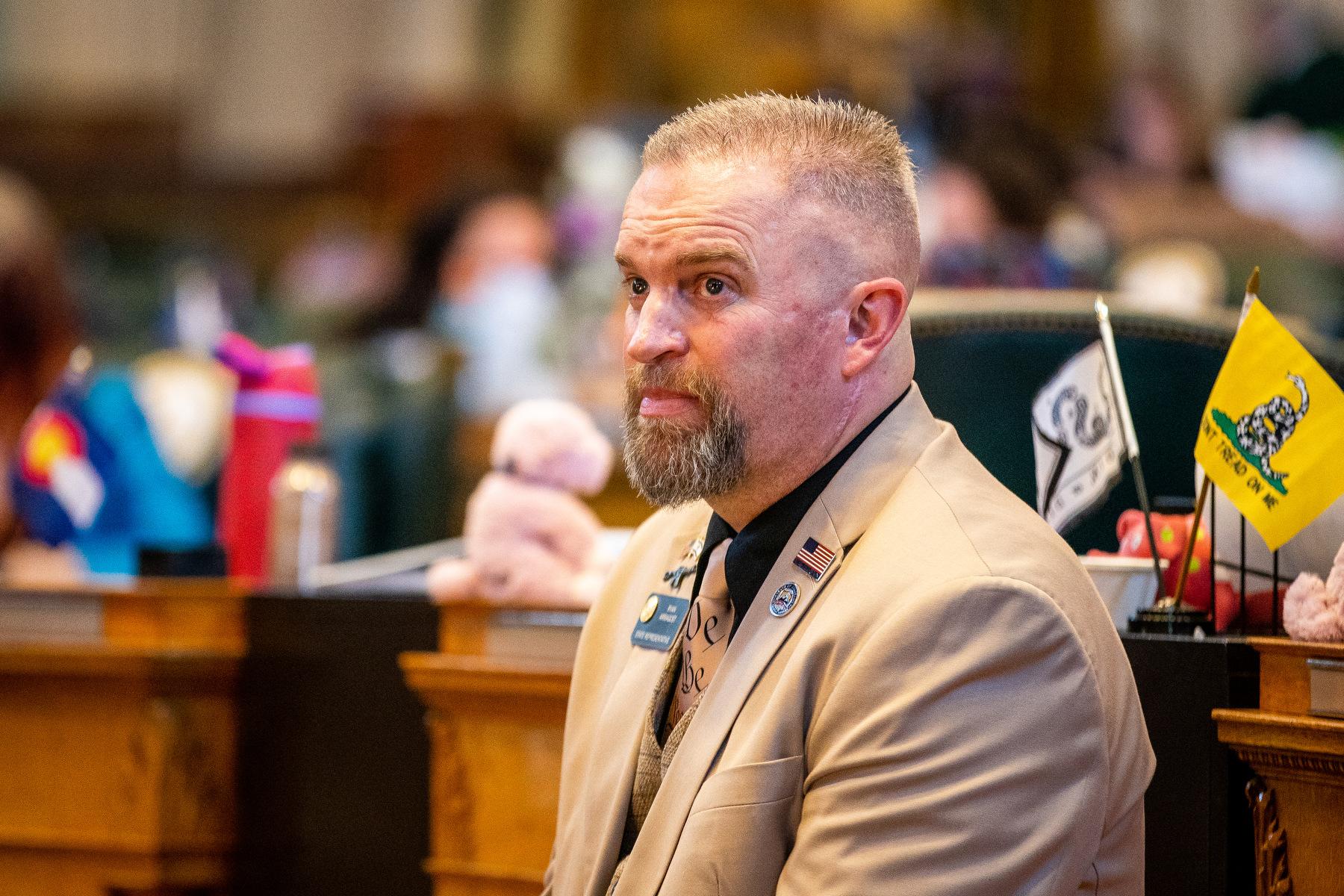
Colorado lawmakers have all but signed off on the biggest budget in state history. The $28.9 billion spending plan invests taxpayer dollars in roads, schools and the state’s troubled pension fund.
Unlike in previous years, lawmakers had a $1.3 billion surplus to split between their different priorities. The extra money is thanks to a booming a economy and the federal tax reform package, according to state economists. While a surplus has eased tensions among lawmakers jockeying for priorities, it also has them scrambling for the extra dollars.
The Senate added a number of changes to the budget Wednesday night. The chamber is scheduled to take a final vote on it’s version this week before a bipartisan committee begins ironing differences with the House version. The deadline for final passage is the end of next week. Here’s where the money is -- and isn’t -- headed.
No TABOR Refund
In Colorado, the Taxpayers’ Bill Of Rights limits the amount of money lawmakers can spend before they have to supply refunds to taxpayers. Lawmakers don’t expect to hit the TABOR cap over the next fiscal year, so Coloradans won’t be getting a refund check next year. Part of the reason for that has to do with a major financial compromise struck last year. It recategorized a fee paid by hospitals, which created room for spending beneath the TABOR limit.
Fix Roads And Bridges
The budget allocates $495 billion for one-time spending on road projects. That’s a fraction of the $9 billion the Colorado Department of Transportation says it needs to modernize transportation infrastructure around the state. But the spending is in line with a request from the governor and a compromise transportation bill approved in the Senate last week. That plan would use the money to buy time for voters to consider a citizen initiative in November to raise sales taxes for road funding. If that fails, the compromise would trigger another initiative asking voters for new transportation bonds in 2019.
Pay Down PERA
The budget includes $225 million to help shore up the Public Employees Retirement Association. How that’s spent depends on another bill meant to reign in an unfunded liability estimated at between $32-$50 billion. In its current form, the bipartisan plan would increase contributions from workers and taxpayers. The measure has yet to be debated on the House or Senate floor.
Boost K-12 Spending
Since the Great Recession, Colorado has fallen short of its constitutional requirement for per-pupil K-12 funding. Insiders refer to the gap, which was $822 million in 2017-18, as the “negative factor” or the “budget stabilization factor.”
Gov. Hickenlooper asked for $150 million to help pay that down. Budget writers tacked on another $50 million, which would cut the budget stabilization factor to $672 million. Chalkbeat reports that would increase per pupil funding from $7,662 to $8,100. Democrats in control of the House sought even more money for K-12 education, but those provisions failed in the Senate.
Private Prison Conflicts
Predicting an increase in prison population, the Department of Corrections requested money $12 million for 250 private prison beds. While Hickenlooper supported the request, budget writers from both parties shot it down.
Both Democrats and Republicans in the House want the DOC to transition more inmates out of prison. That’s why they have set aside $4 million for beds in halfway houses. Henry Sobanet, budget director the governor's budget office, told the Colorado Independent that plan increases the risk of overcrowded prisons.
Colorado Film Incentive Friction
Lawmakers have already slashed the film incentive from $5 million to $750,000. What’s left of the funding is used to lure filmmakers to Colorado with rebates and loan guarantees. While the original budget maintained the current incentive, the House slashed the last bits of the fund last week in favor of affordable housing and construction regulators. The cut didn’t last in the state Senate, which restored the incentive during its budget debate Wednesday. That leaves the final call to a bipartisan conference committee.
School Security Guards
During the House budget debate, lawmakers set aside $35 million for school safety grants. A district could use the money for school resource officers. The State Senate initially shot down a similar amendment during their budget debate Wednesday, but ended up passing it in the final hours.
Republicans say the provision could help prevent school shootings. Some Democrats objected, saying more armed law enforcement officers in schools could feed students of color into the school-to-prison pipeline. But with bipartisan support in both chambers, the provision has a good chance of making it into the final budget.









